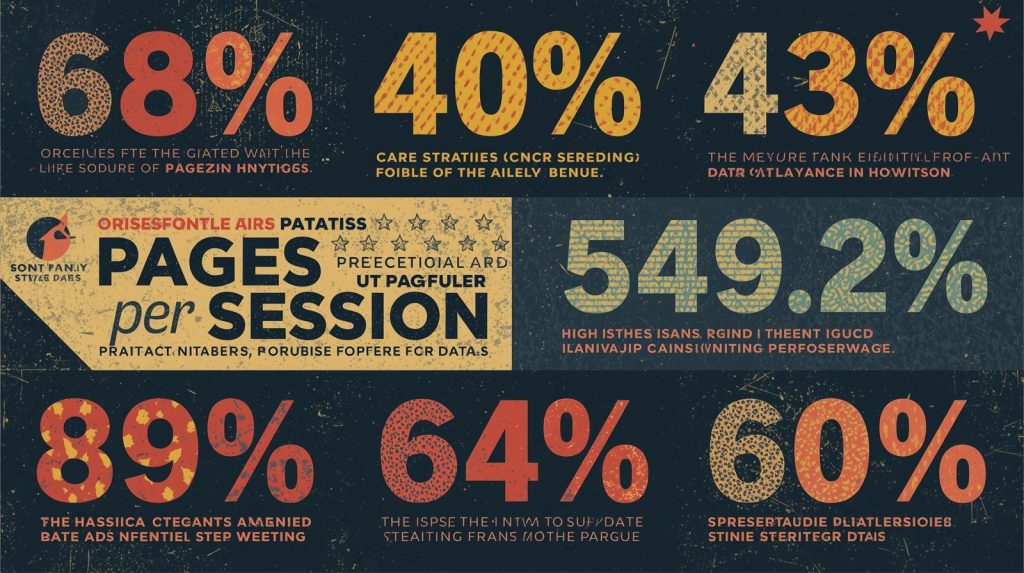
What is Pages-Per-Session?
Pages-Per-Session is a key website metric that measures the average number of pages a visitor views during a single session on a website. A session begins when a user lands on a site and ends after a period of inactivity or when they leave. This metric provides insight into how engaging and navigable a website is for its visitors.
Why Pages-Per-Session Matters
- Engagement Indicator
A higher Pages-Per-Session value often signals that visitors are finding the content interesting and are motivated to explore more. It reflects the depth of interaction and the ability of the site to capture attention. - Content Effectiveness
If visitors are moving from one page to another, it suggests that the content is relevant and well-structured. This can validate content strategies and highlight which topics or formats resonate most with the audience. - User Experience Insights
Navigation design, internal linking, and page load speed all influence how many pages a visitor views. A low Pages-Per-Session may indicate usability issues, poor site structure, or irrelevant content. - Conversion Potential
The more pages a visitor views, the greater the chance they will encounter a call-to-action, product page, or sign-up form. Increasing Pages-Per-Session can directly support lead generation and sales goals.
How to Improve Pages-Per-Session
- Enhance Internal Linking: Guide visitors to related articles, products, or resources.
- Create Engaging Content: Use visuals, storytelling, and clear formatting to keep readers interested.
- Optimize Navigation: Ensure menus and categories are intuitive and easy to use.
- Use Recommendations: Add “related posts” or “you may also like” sections to encourage further exploration.
- Improve Page Speed: Faster load times reduce bounce rates and keep users moving through the site.
Measuring Success
Pages-Per-Session should not be analyzed in isolation. It works best when combined with other metrics such as bounce rate, average session duration, and conversion rate. Together, these metrics provide a holistic view of user behavior and website performance.
Conclusion
Pages-Per-Session is more than just a number—it’s a window into how visitors interact with a website. By monitoring and optimizing this metric, businesses can improve user experience, strengthen content strategies, and increase the likelihood of achieving their digital goals.
Leave a Reply